It's confirmed that Daniel Craig won't rock the big screen at the controls of Aston Martin DBX in the next episode (the 25th) of the James Bond saga (No time to die).
Rejoice, however, fans of the exclusive British brand because the 007 will guide no less than four Aston models to escape the bad guys: the classic DB5, the V8 Vantage, the new DBS Superleggera and the Valhalla.
But to overcome terrains such as snow, mud and mountains during epic pursuits of the most famous secret agent in the world, perhaps the new Defender — which will have a guaranteed presence — is even the most suitable vehicle and not a more moderate SUV.
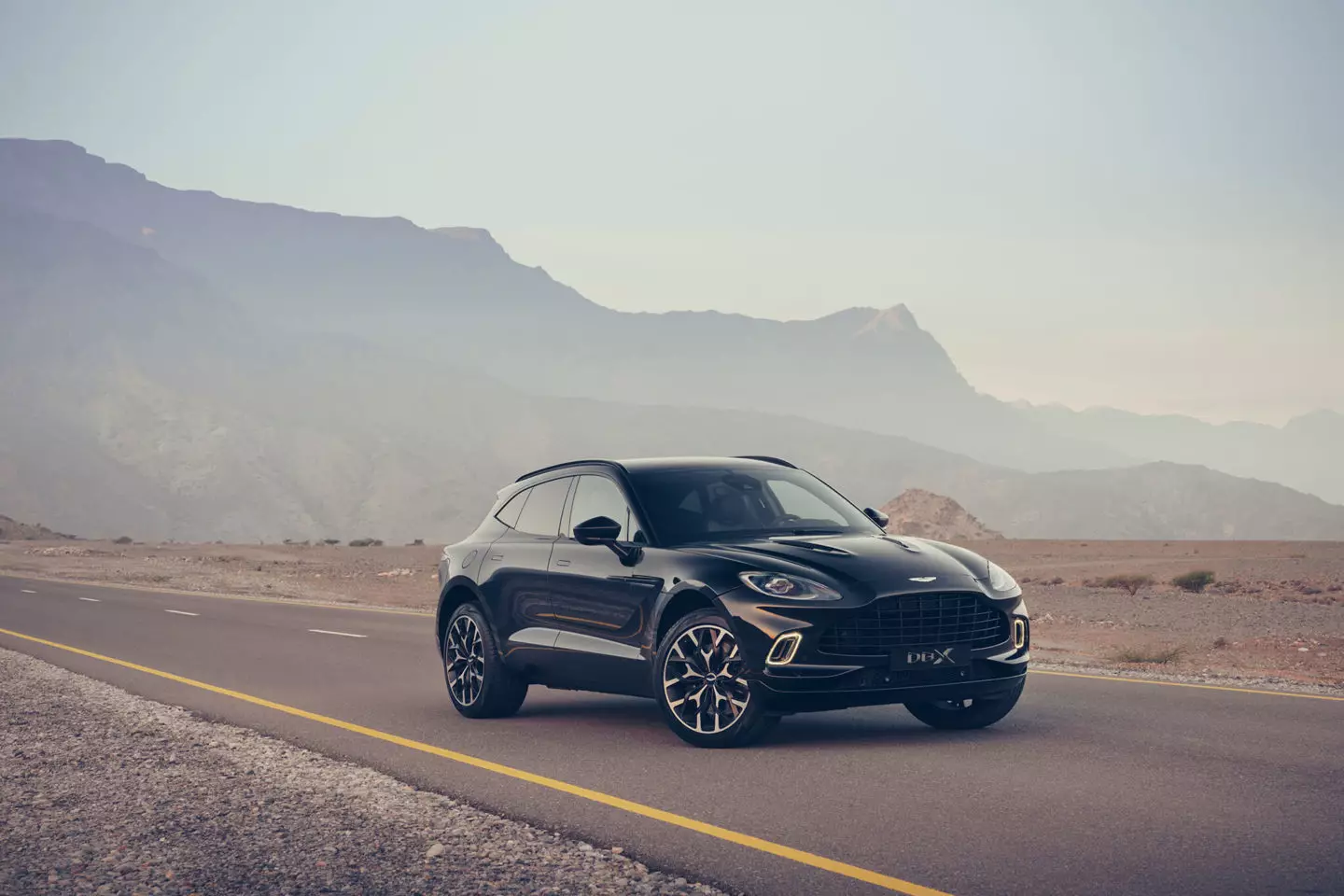
Yet the DBX comes equipped with an endless 550 hp V8 engine, four-wheel drive, torque vectoring, electronic stabilizer bars and a three-chamber air suspension that can increase ground clearance by 4.5 cm.
But let's go by parts
The DBX has a strong case for becoming the best-selling and most profitable model ever in Aston Martin's 107-year history.
Subscribe to our newsletter
DBX comes at a crucial moment for Aston Martin, after two years with negative results, since it became listed on the stock exchange in 2018. The picture that was already not very favorable, with almost residual profits over the previous decades, worsened significantly and losses in the first half of this year were 200 million euros.
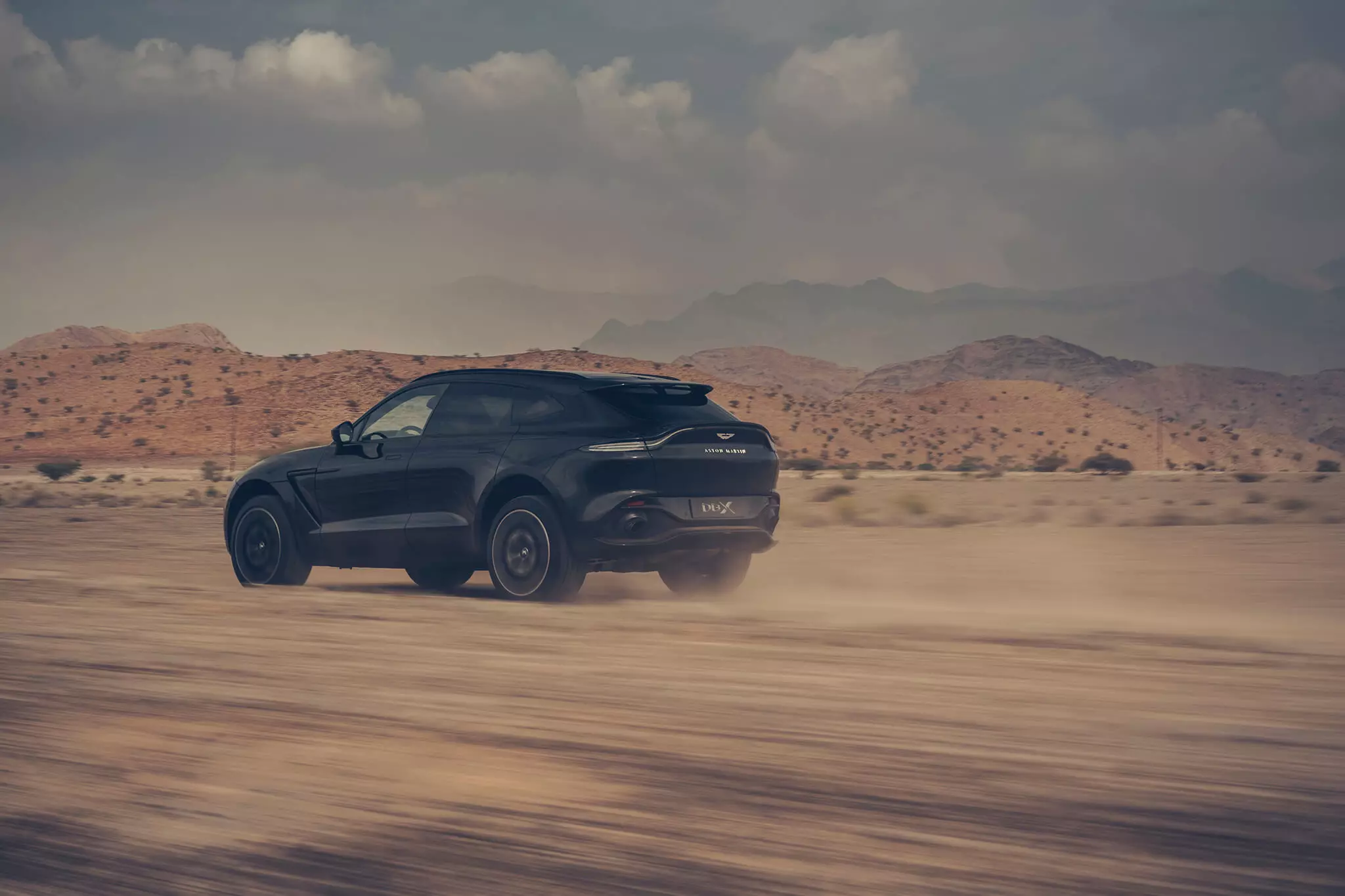
It was, therefore, necessary to look for new investors, in this case the Canadian billionaire Lawrence Stroll who injected capital into the British brand and dictated the departure of the former CEO, Andy Palmer, replaced on August 1 by Tobias Moers.
The German was ahead of AMG, where he achieved exponential growth in sales and financial results for the performance division of Mercedes-Benz and even had direct relationships with Aston Martin, to whom AMG supplies the 4.0 V8 engine (used in this DBX and Vantage and DB11) in addition to other electronic components and even some know-how in vehicle assembly.
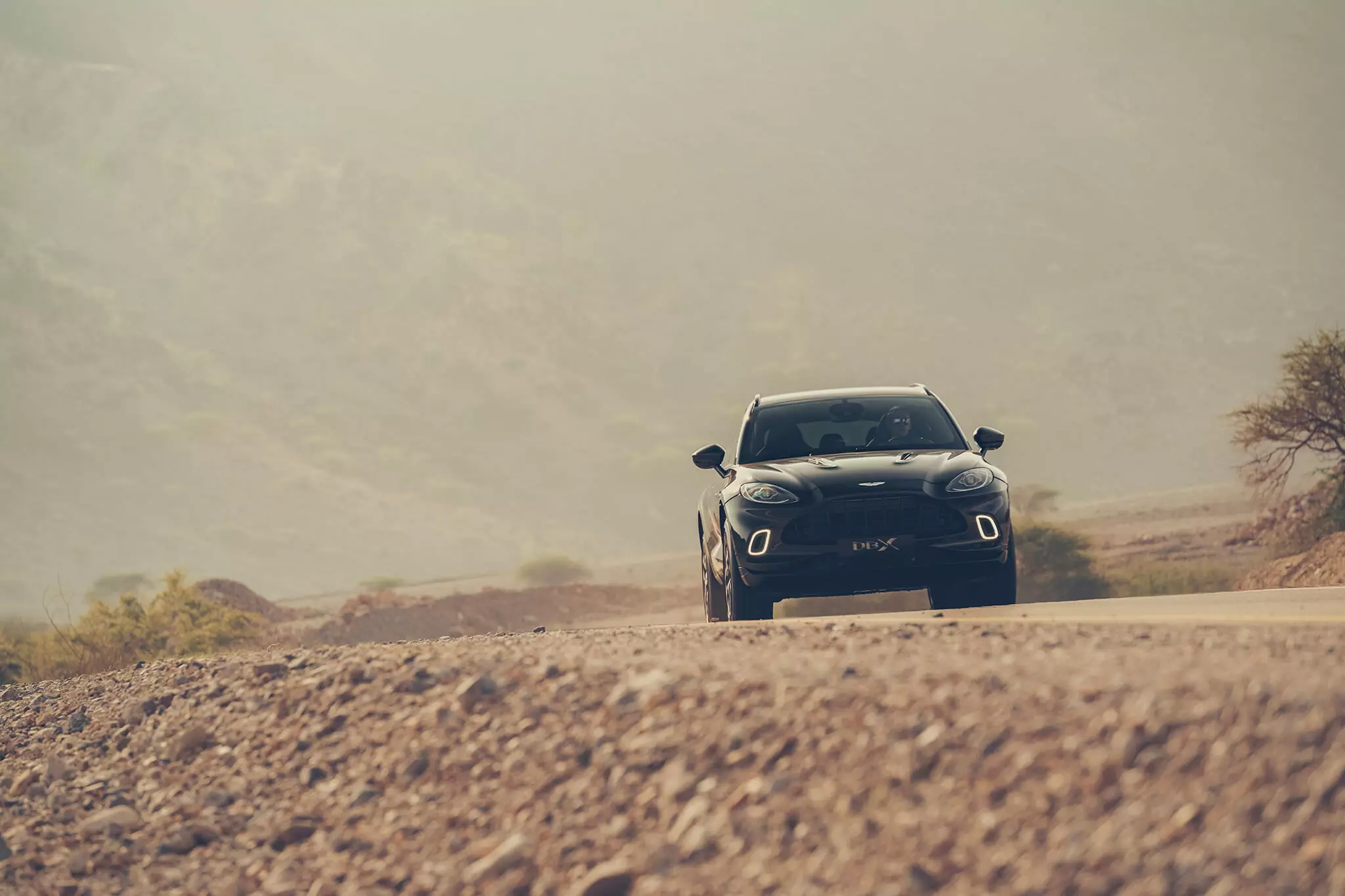
First SUV in 107 years
The transformation was underway and Aston Martin's first SUV in 107 years was seen as the key to financing the British brand, not only because the global sales potential far exceeded that of any other Aston Martin ever produced (first ever with five seats and in a format with global appeal) as well as the profit margin of the SUV is quite large.
That's why a factory was built from scratch (in Wales) and a specific platform designed for the Aston Martin DBX, which has more versions planned in the coming years, such as one of three rows of seats (to wink even more to North customers. Americans and Chinese) and another with a more cropped rear, in line with what Porsche (Cayenne Coupé), BMW (X6) or Mercedes (GLE Coupé) did.
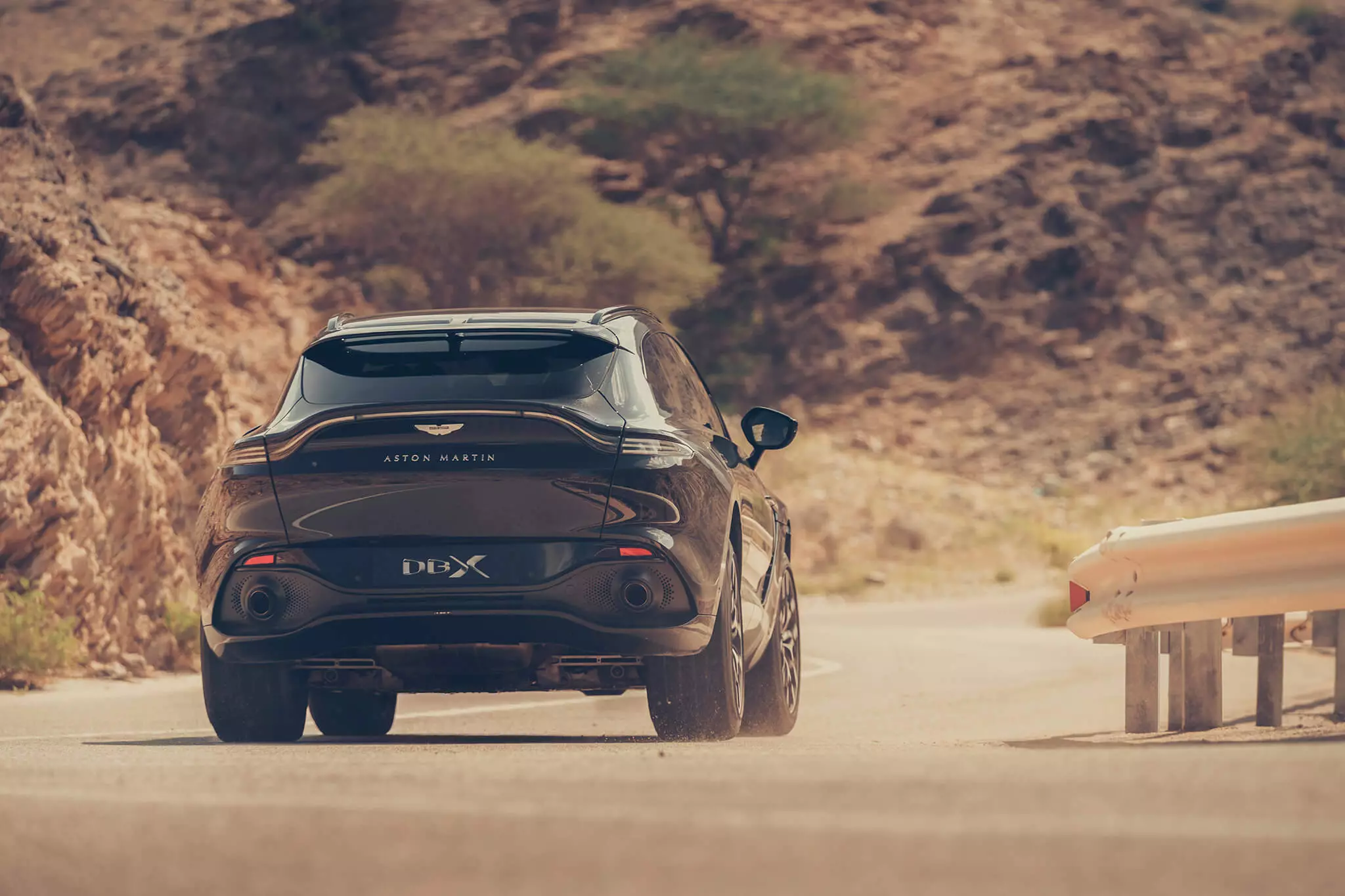
But the pandemic crisis aggravated the bills and the change in leadership did take place.
Making an SUV of this caliber goes far beyond simply raising the height to the ground (which was also done, in the case of 19 cm and which can vary in five levels up to a maximum of 9.5 cm), having been necessary to create a new base platform, where various types of aluminum prevail.
Matt Becker, Chief Technology Officer of Aston Martin“The Porsche Cayenne Turbo was the competitor we used as a reference.”
Between a Lamborghini and a Bentley
We are not, therefore, facing a Lamborghini Urus or a Bentley Bentayga, but a sort of intermediate point between them, between those borders of enormous aggressiveness and an ocean of comfort.
A mix of Gran Turismo driving experience like the DB11, with superior sporty strokes like the Vantage, unprecedented livability/functionality and skills to get off the tarmac.
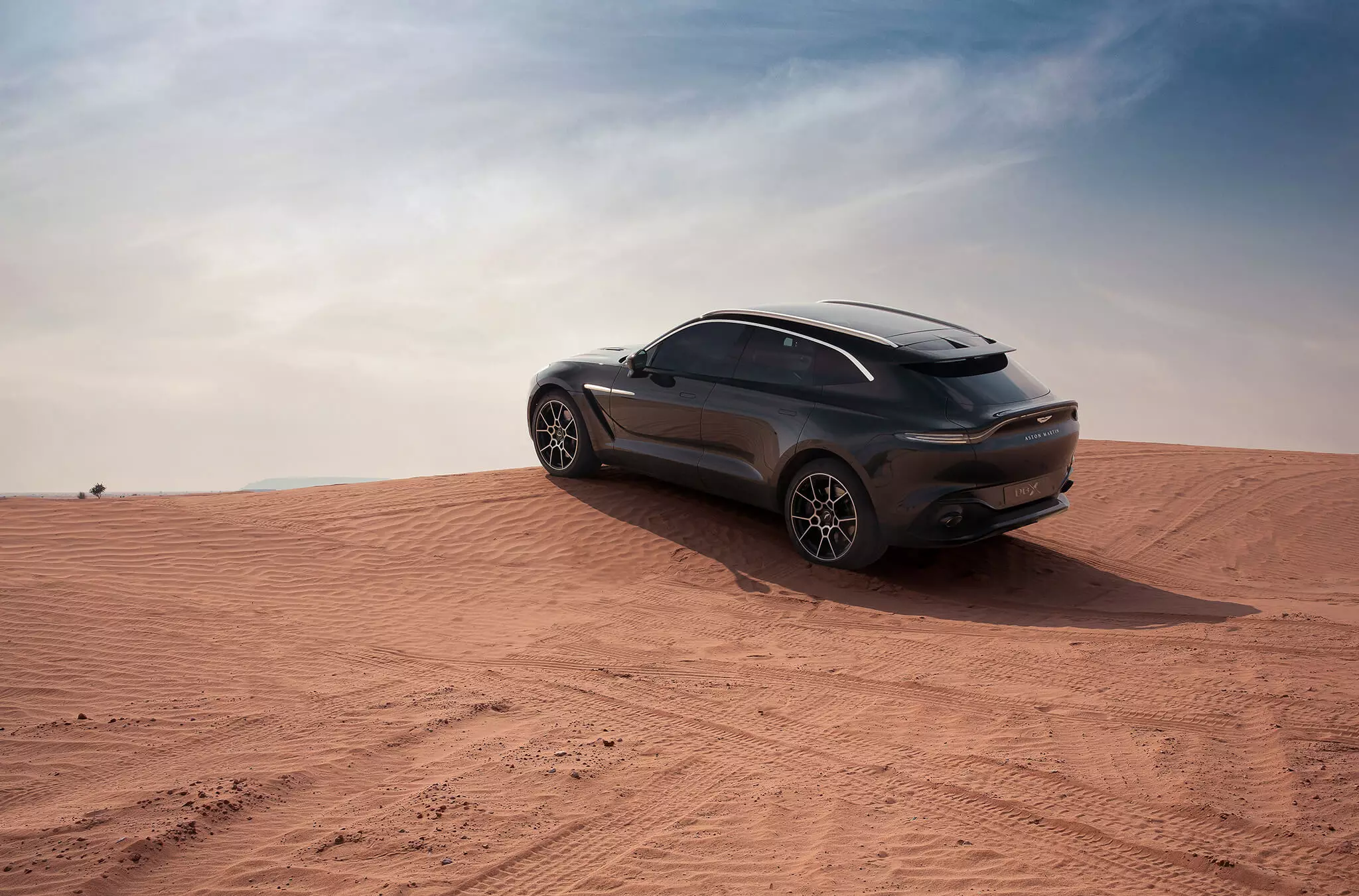
This fusion of DB11/Vantage can be seen right away in the exterior design of this gigantic SUV whose proportions (very elongated hood and reaching back, rear end) end up being disguised: with 5.04 m in length, it is 4 cm larger than the Range Rover and its wheelbase (over three meters) is the longest in its class.
But, of course, the Aston Martin DBX is 19 cm shorter than the Range Rover and 5 cm than the Bentayga, because it has to offer a handling compatible with racing circuits.
Even though it is true that neither in the case of off-road, for which it is effectively qualified (four-wheel drive, air suspension with elevation, high ground clearance), nor the circuits (electronic stabilizer bars to be able to control the bodywork bearing of a 2.5 t vehicle and almost 1.70 m in height, suspension that can drop 15 mm) that will actually happen, except with an overwhelming minority of users.
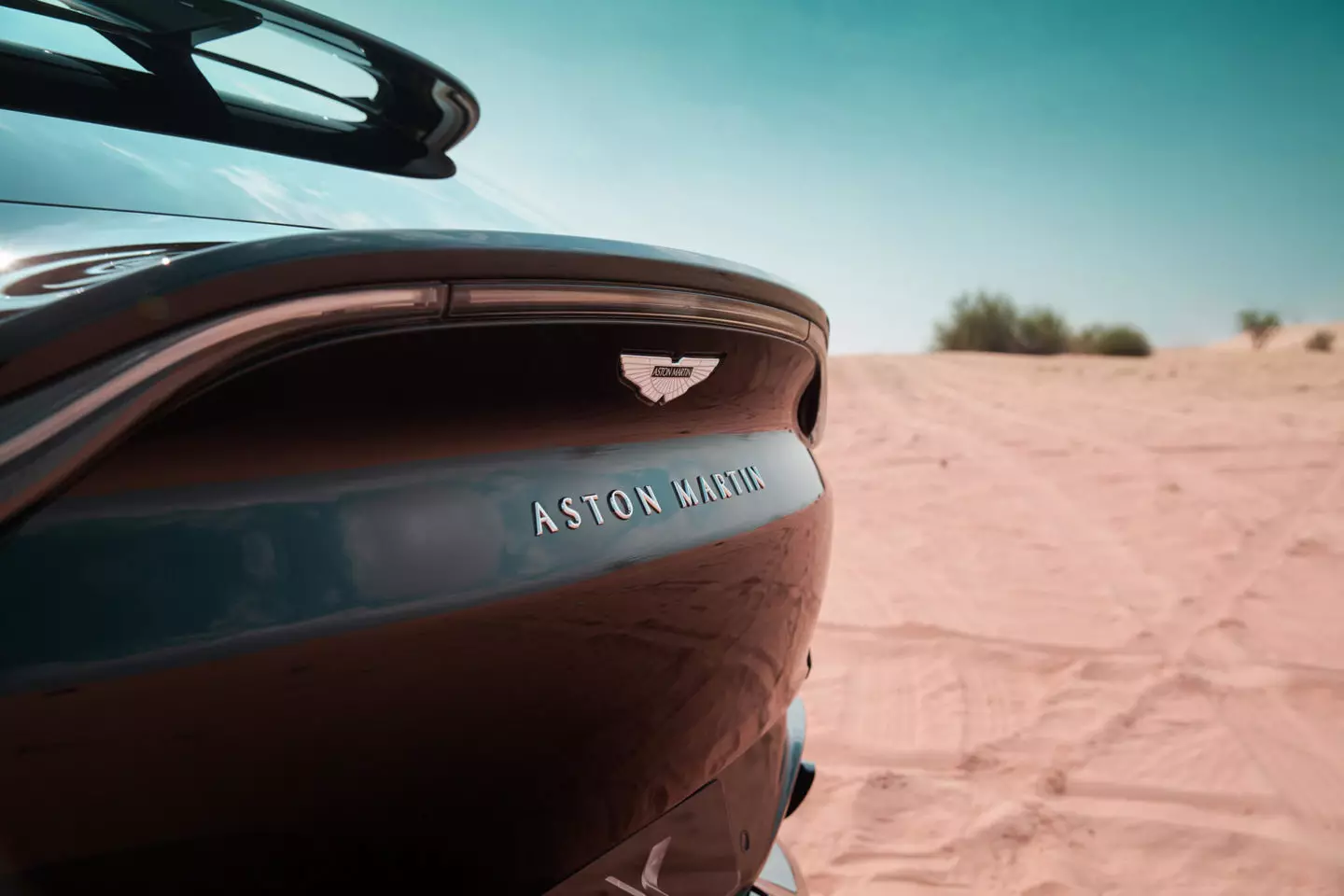
Other bodywork highlights: no overt aerodynamic appendages (the most obvious ones are the small spoiler and the tailgate deflector that conspire with the lower extractor to remove air from under the car and increase stability at high speed), side doors without frames (relatively small but with a wide opening angle).
Everything had to be done from a blank board — the project started in 2015 — because there has never been an SUV at Aston Martin, so I understand when Becker confesses that “this was the hardest car I've ever made”.
Less doubts inside
In the interior, the unknowns weren't so big, because an Aston Martin is an Aston Martin, even if “on ends”.
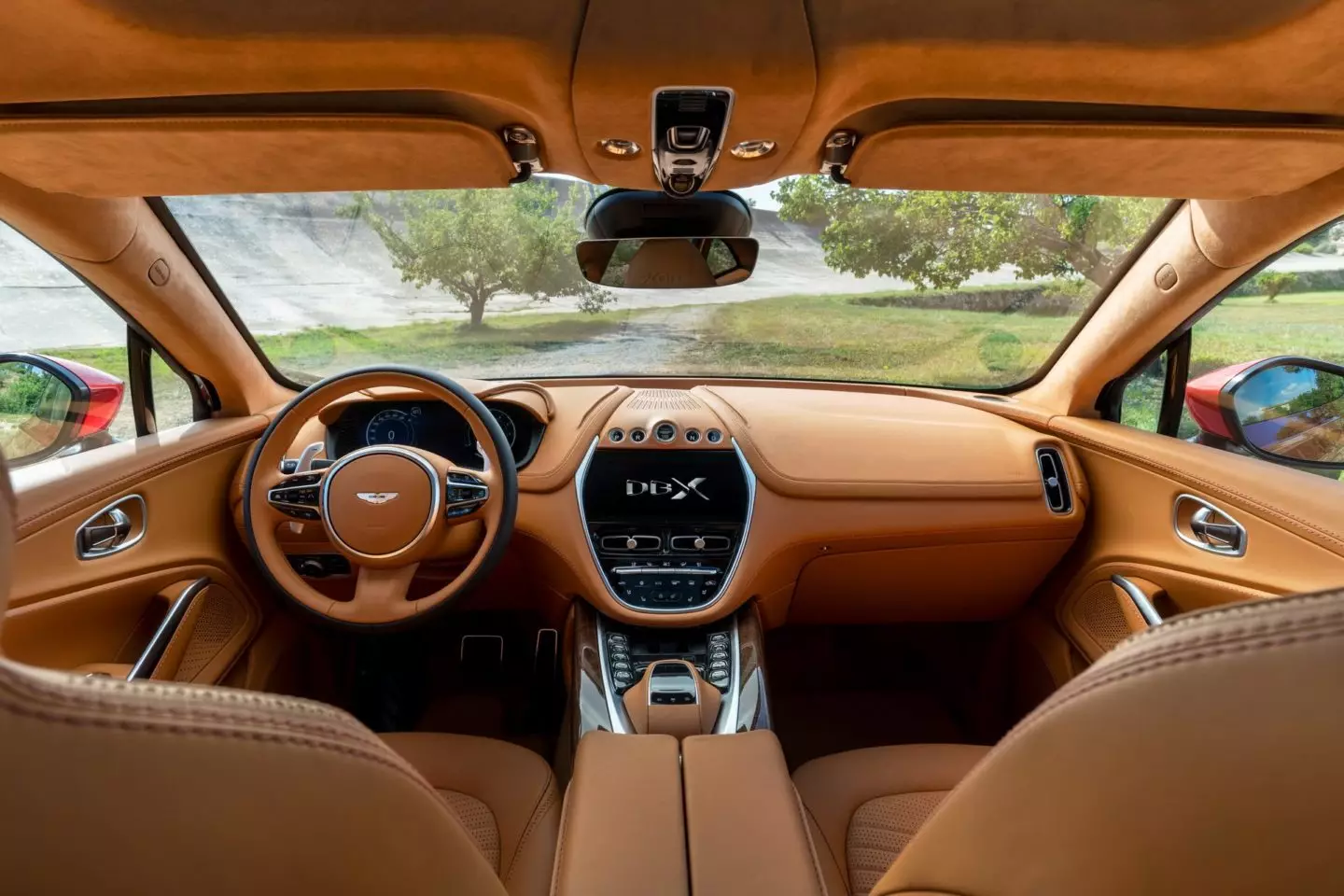
Chrome surfaces, wood (mixed with synthetic fibers to give it a fabric look), Alcantara (it's the first car in the world with such a panoramic roof coating) and solidity/quality of materials aren't exactly a surprise.
But there is something that the Aston Martin DBX does not adhere to the new trends: on the one hand it uses and abuses real leather (there are kitties everywhere, even on the speaker grills), on the other there are many buttons between the center console and the intermediate zone to the dashboard, where at the top are the buttons that control the gearbox (nine-speed automatic, which also comes from Mercedes).
Looking at the coupés of the English brand, it is clear that there has been a qualitative improvement in the overall quality of the coatings in this interior and that the software is faster and more modern in appearance.
Huge suitcase, narrow cabin
Smaller drivers are better to steer closer to the steering wheel (and the Drive button farthest to the right is good for cars with the steering wheel on that side…it looks like the British engineers didn't spend six months tweaking the driving position).
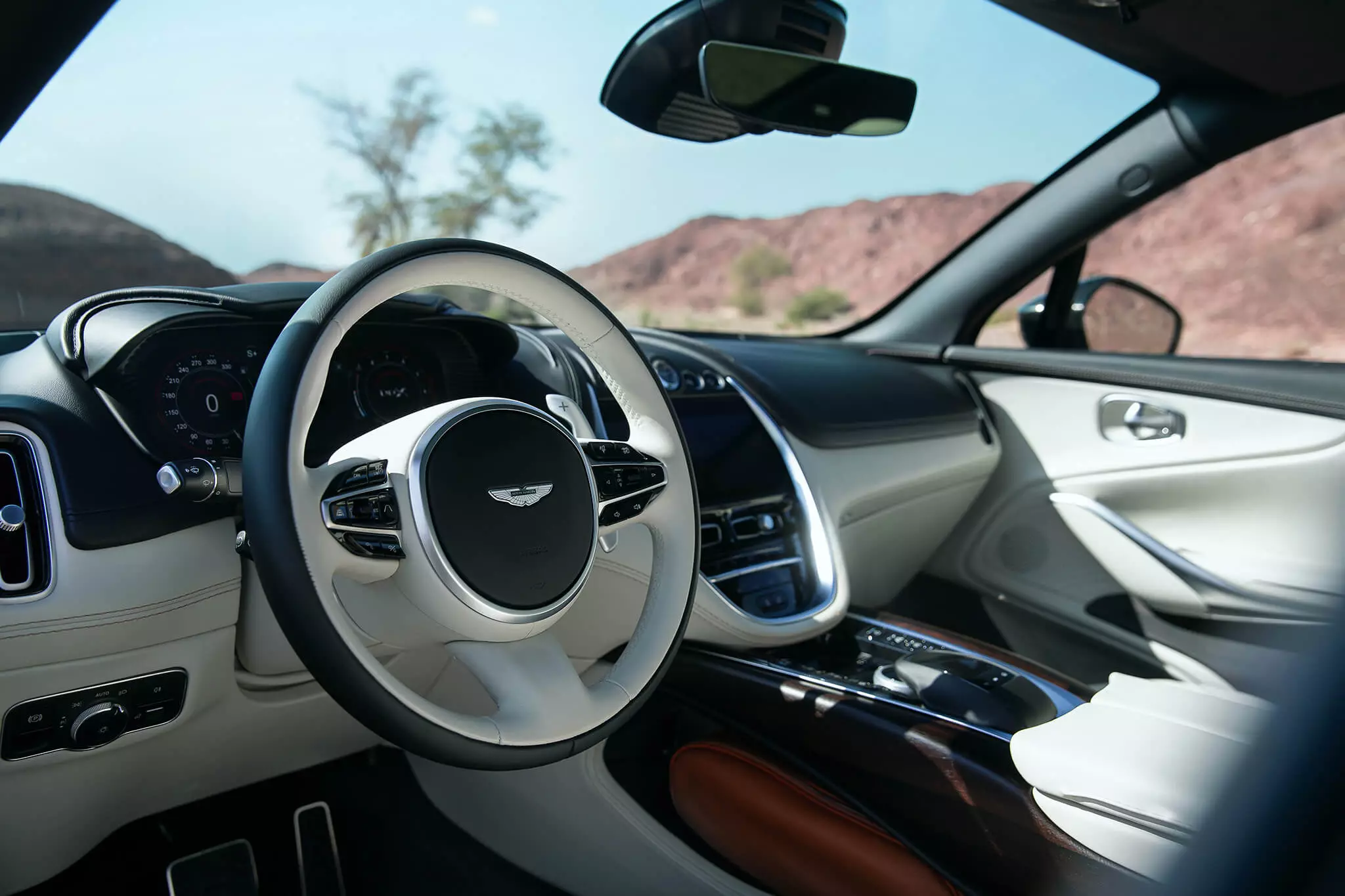
The 10.25” infotainment screen (which is not tactile so as not to mark unsightly fingerprints) is well integrated into the dashboard, the 12” digital instrumentation allows you to see everything and anything else (being digital it is also configurable) and between the seats there is a bridge (under which you can store objects and also a joystick that we have known for a long time at Mercedes-Benz (the hardware is the same, the software was naturalized as English).
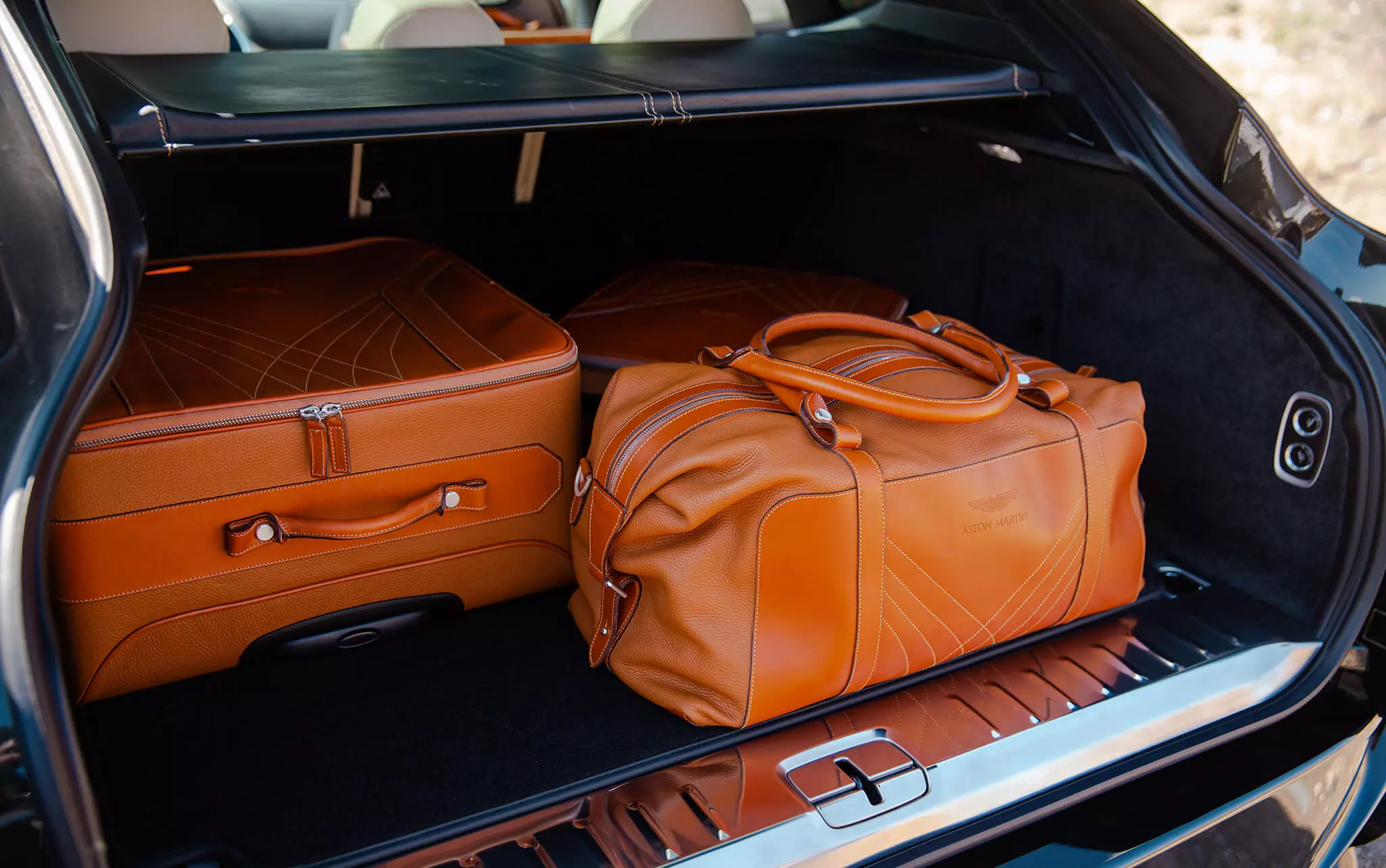
The trunk has a volume of 632 l, which means that it is second only to the Porsche Cayenne in this segment, ahead of large rivals such as the Bentley Bentayga (484 l) and Range Rover Sport (489 l), by example.
The legroom at the back is very generous, noticing that the DBX was more designed for use by two when we found that the width is insufficient for three passengers to travel comfortably in the second row.
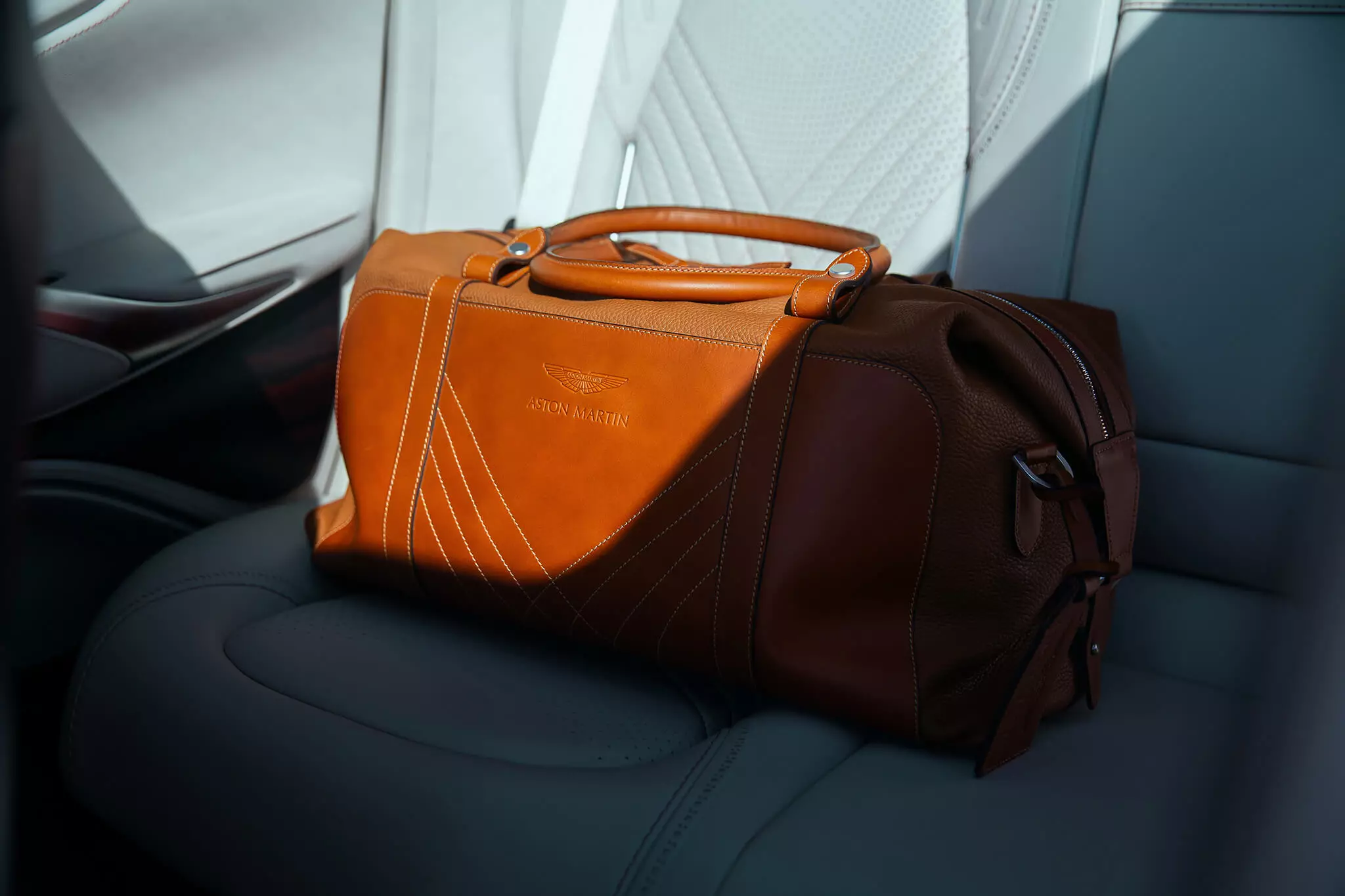
For all sorts of reasons and more (among them having the longest wheelbase in the class) rigidity has been reinforced to the maximum and the cast aluminum double wishbone suspension at the front and multi-arm rear makes its contribution.
And even using light metal, the weight of the Aston Martin DBX amounts to 2245 kg (well distributed, with 53% at the front and 47% at the rear, also possible because the engine was mounted as far back as possible, almost on top of the axle. front).
This is a most of the time rear-wheel-drive SUV, which switches to 4×4 when there are road conditions with less grip (it can send up to 47% of the torque to the front wheels), all managed between three differentials and such. automatic transmission with a German accent (which delivers, but is less smooth and faster than the eight-speed that other Aston Martins live with).
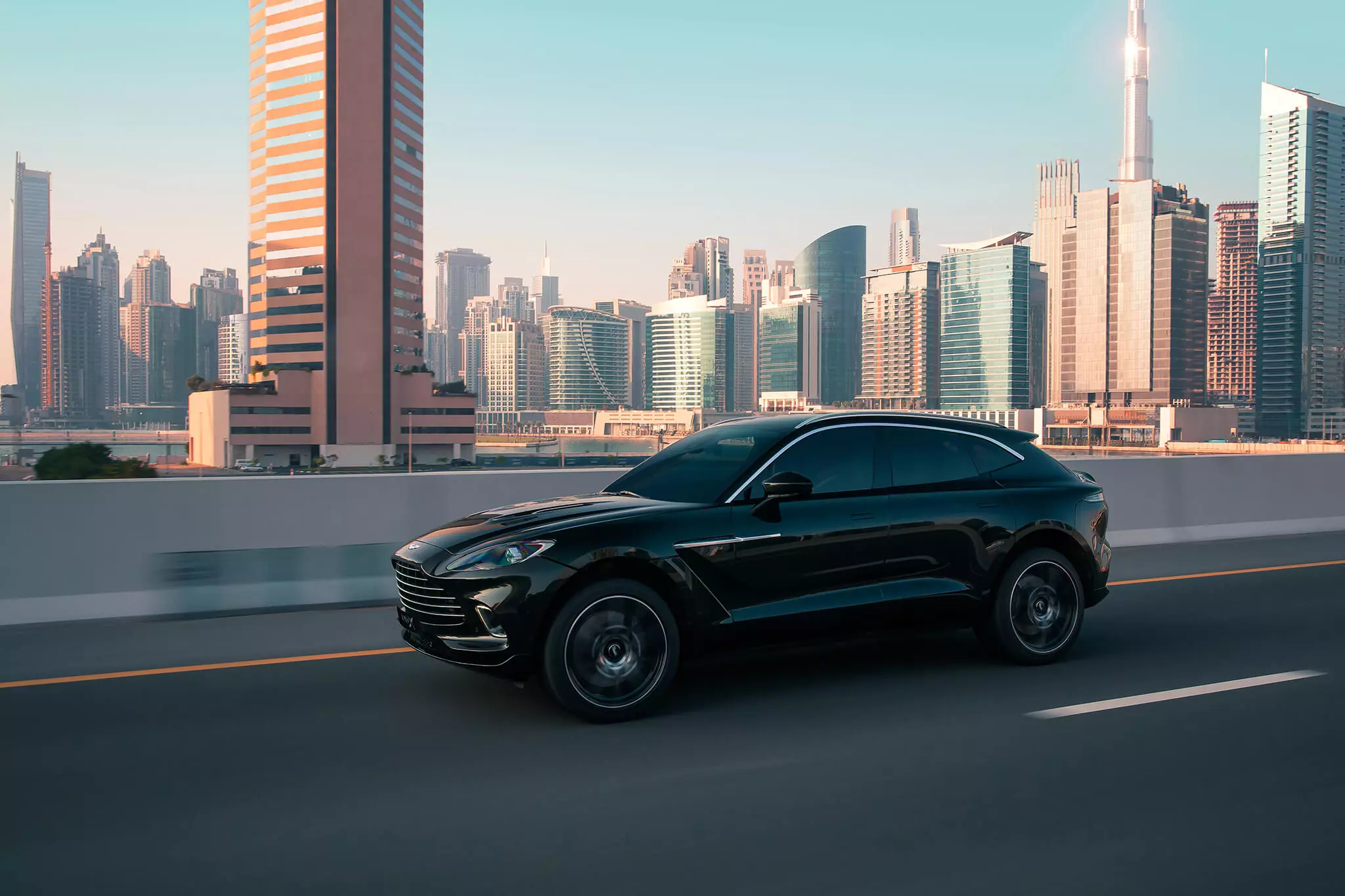
Natural but stable behavior
In the first few hundred meters it becomes clear that we are sitting at the wheel lower than usual in an SUV of this segment, which, together with the relatively high waistline, makes us feel more like a crossover or a tall GT than in an SUV.
This idea combines well, in fact, with other dynamic attributes, such as the fast, precise and communicative steering and with the body's roll control that almost makes us forget that, compared to a DB11, for example, we are sitting around 20 to 30 cm higher up.
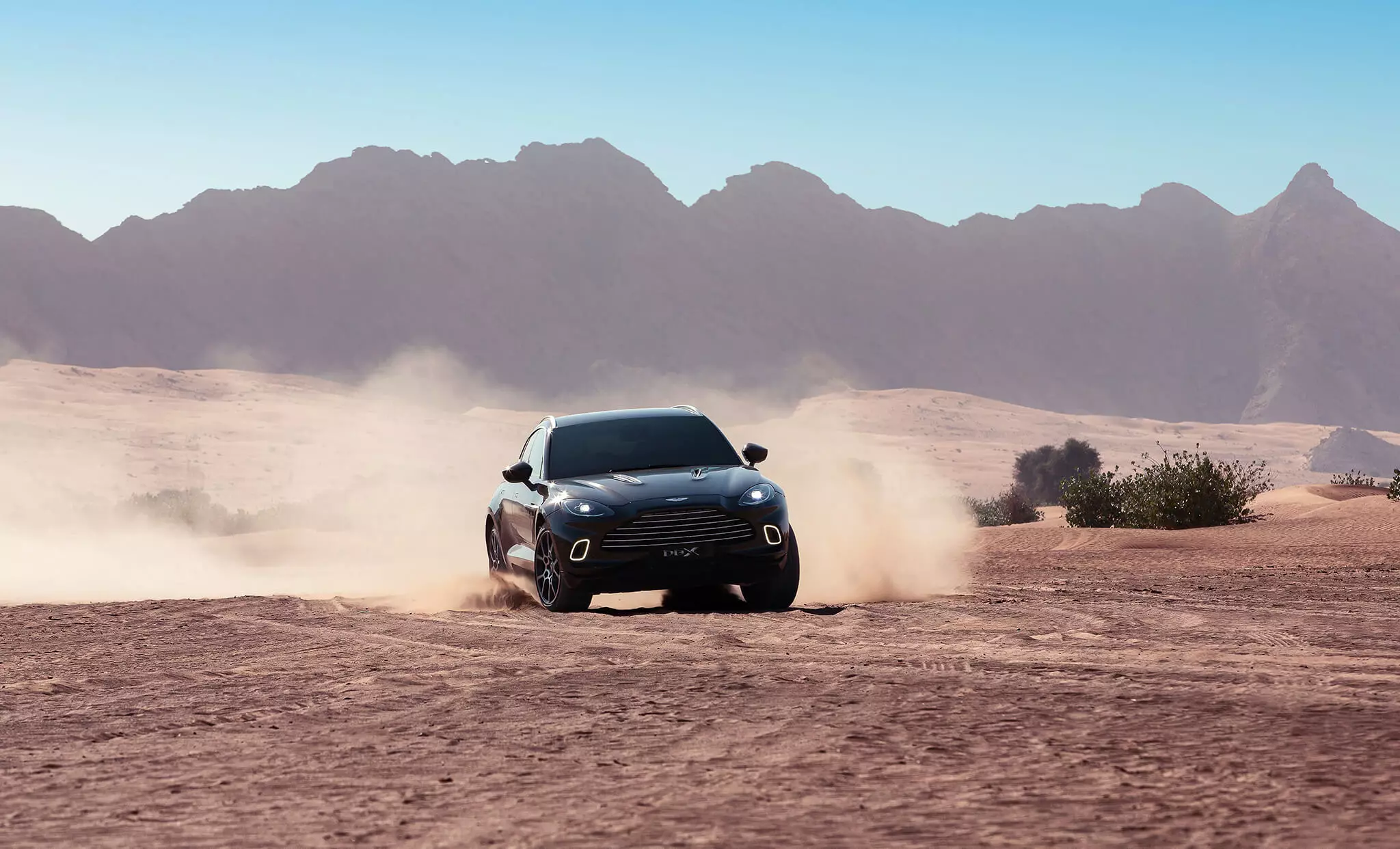
The most powerful electronic stabilizer bars on the market — they can send 1400 Nm forwards or backwards in 0.2 seconds — help to explain this good result that would not be possible to achieve, at least with the same comfort, with a mechanical system.
But there is still a little bit of rolling, which is intentional, as Becker confirms: “an excess of stabilization effect would create a feeling of artificial driving that we wanted to avoid”.
Closer or farther from the ground?
The ability to assimilate irregularities in the asphalt is another positive point, but at low speeds the combination of aluminum in the suspensions and air springs results in more noise than expected.
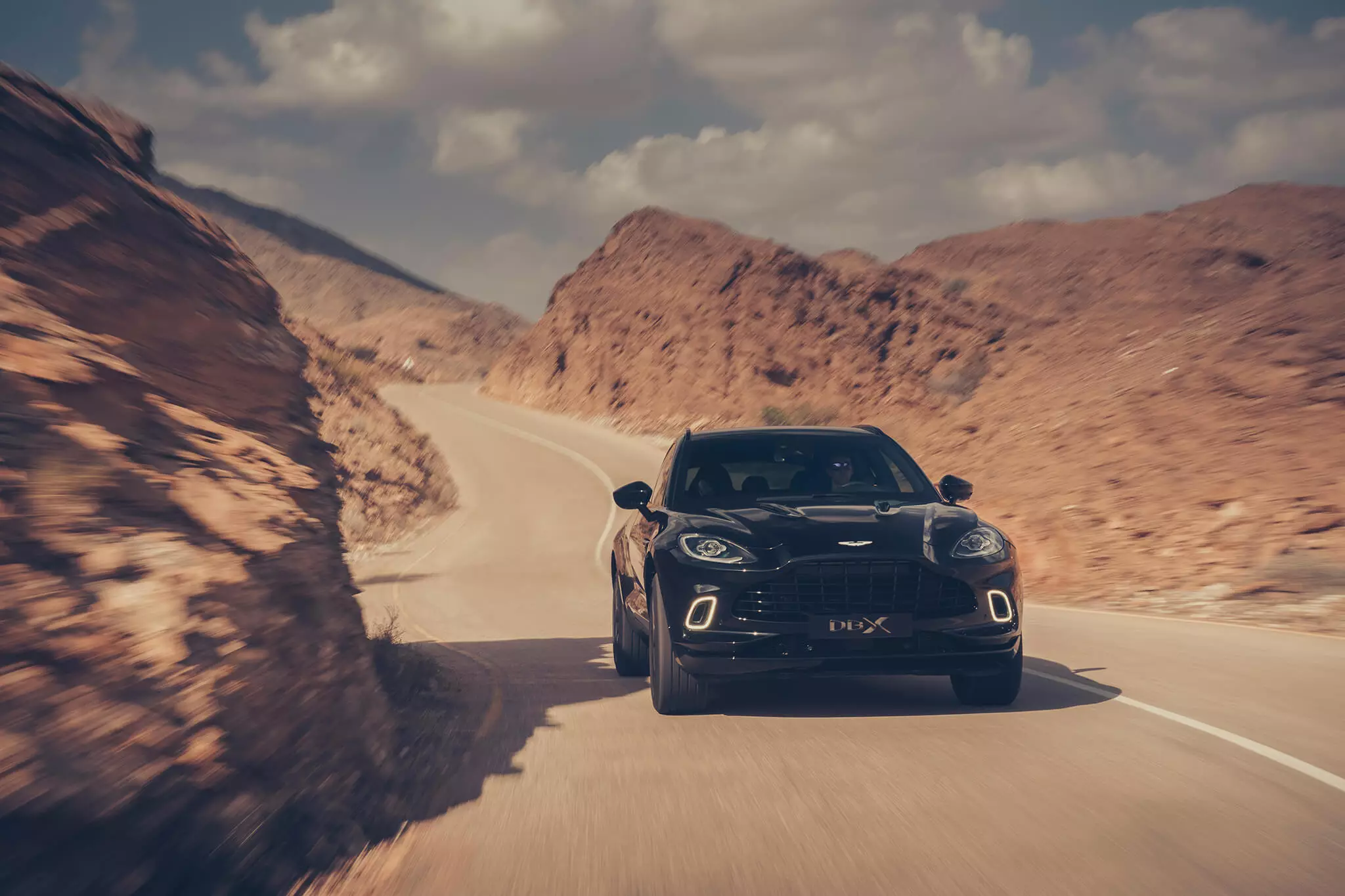
Then, the different driving modes allow you to prepare the DBX for the terrain ahead: the GT is normal, very balanced as we've already seen, then we have the Sport (suspension drops 15 mm), the Sport Plus (-30 mm) , Terrain (+15 mm), Terrain Plus (+45 mm) and Individual.
To carry heavier volumes (the trunk floor is 80 cm from the ground) or to help people with reduced mobility to get in/out of the car (even with the door sills reduced to a minimum) the suspension can be lowered by 5 cm with the Aston stopped.
In the 4×4 section of this dynamic experience with the Aston Martin DBX, I confirmed what was expected. That electronic aids (helps with steep descents, torque vectoring), total traction, the various differentials, high torque (700 Nm), increased ground clearance and the possibility of removing stabilizer bars with stabilizer technology from the equation 48 V (to enable a greater crossover of axles) help the DBX to overcome a series of obstacles that anyone who pays more than 200 000 euros for a car will not feel like subjecting.
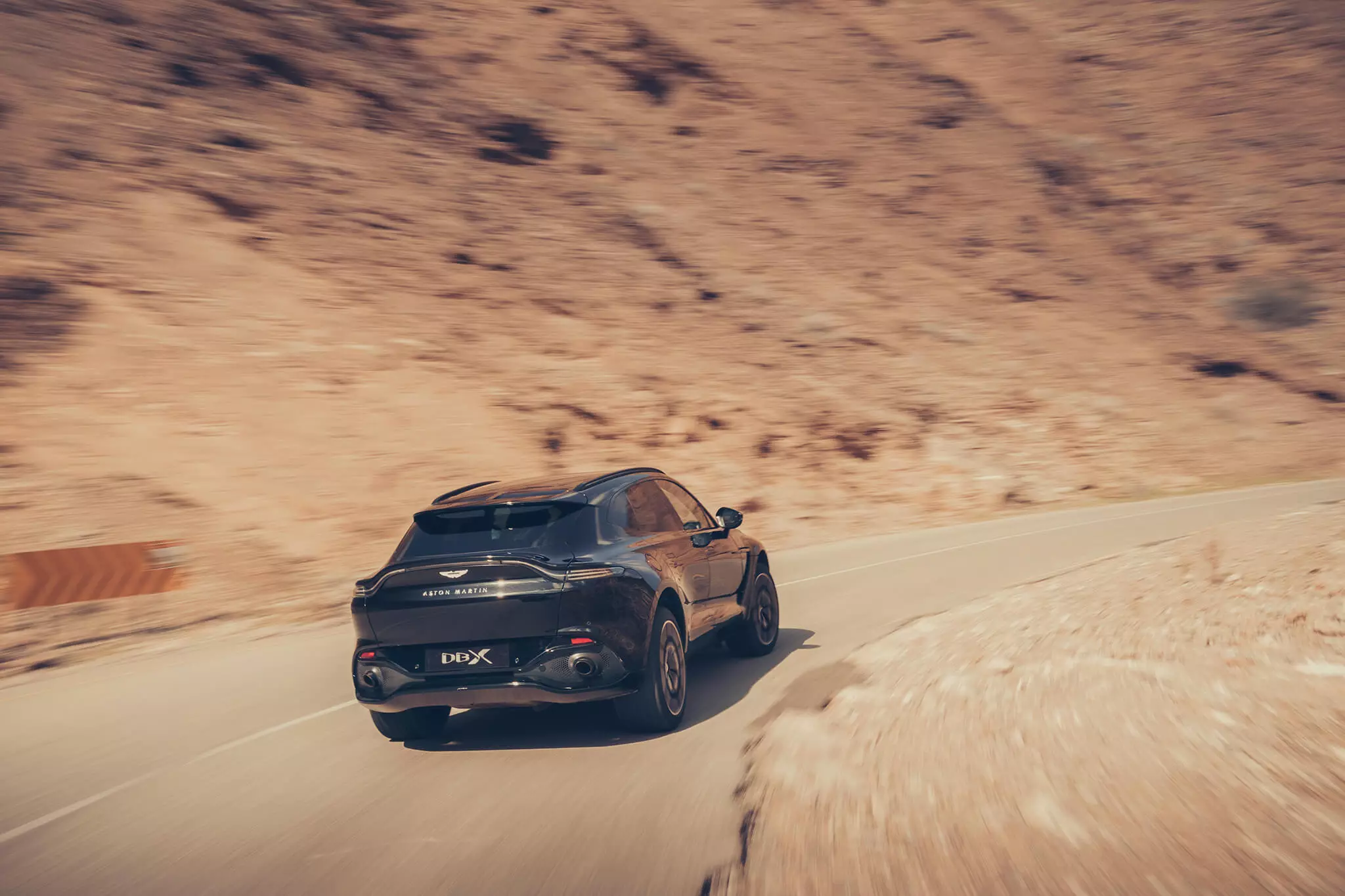
Among which water, with a ford capacity of 50 cm thanks also to a breathing tube installed in the rear electronic differential which can be important, for example, when the SUV has to go a little into the water to leave or remove a boat (using its towing capacity up to 2.7 t).
AMG V8 engine too “stirred”
At the moment there is only one engine for the DBX, the 4.0 l V8, purchased from AMG and without any kind of hybridization (which cannot compensate with deactivation of half the cylinders at low or no throttle loads), which receives a particle filter and one that has been acoustically tuned to sound less ominous than in other applications, but just as strong and eloquent.
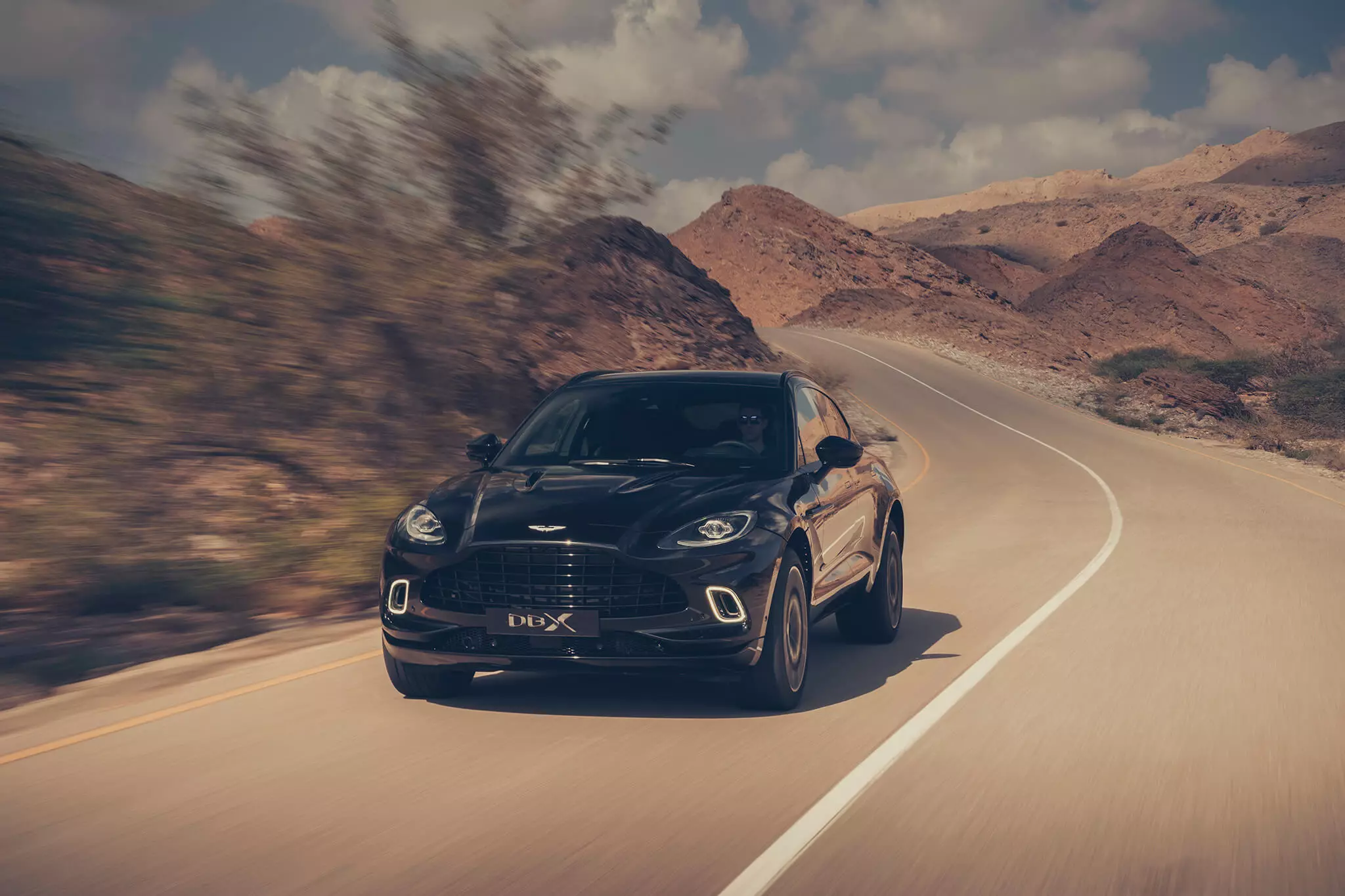
The turbos were tweaked, the electronics management, the compression ratio and even the “shot” order of each cylinder, which understandably created its own character, both in response and in acoustics. The driver can also create more or less noise, in the first case in GT driving mode (exhaust valves closed), in the second in Sport Plus (open) in which the idling regime also increases from 650 rpm to 800 rpm.
The name Aston Martin immediately refers to a world of intoxicating sensations served by outstanding performances. And it's not because it weighs almost 2.3 t that the DBX can no longer reach 100 km/h in just 4.5s and then continue to 290 km/h, despite some hysteria that can be indicated by the numbers, the truth is that everything is done in the gentlemanly way we would expect from a James Bond car.
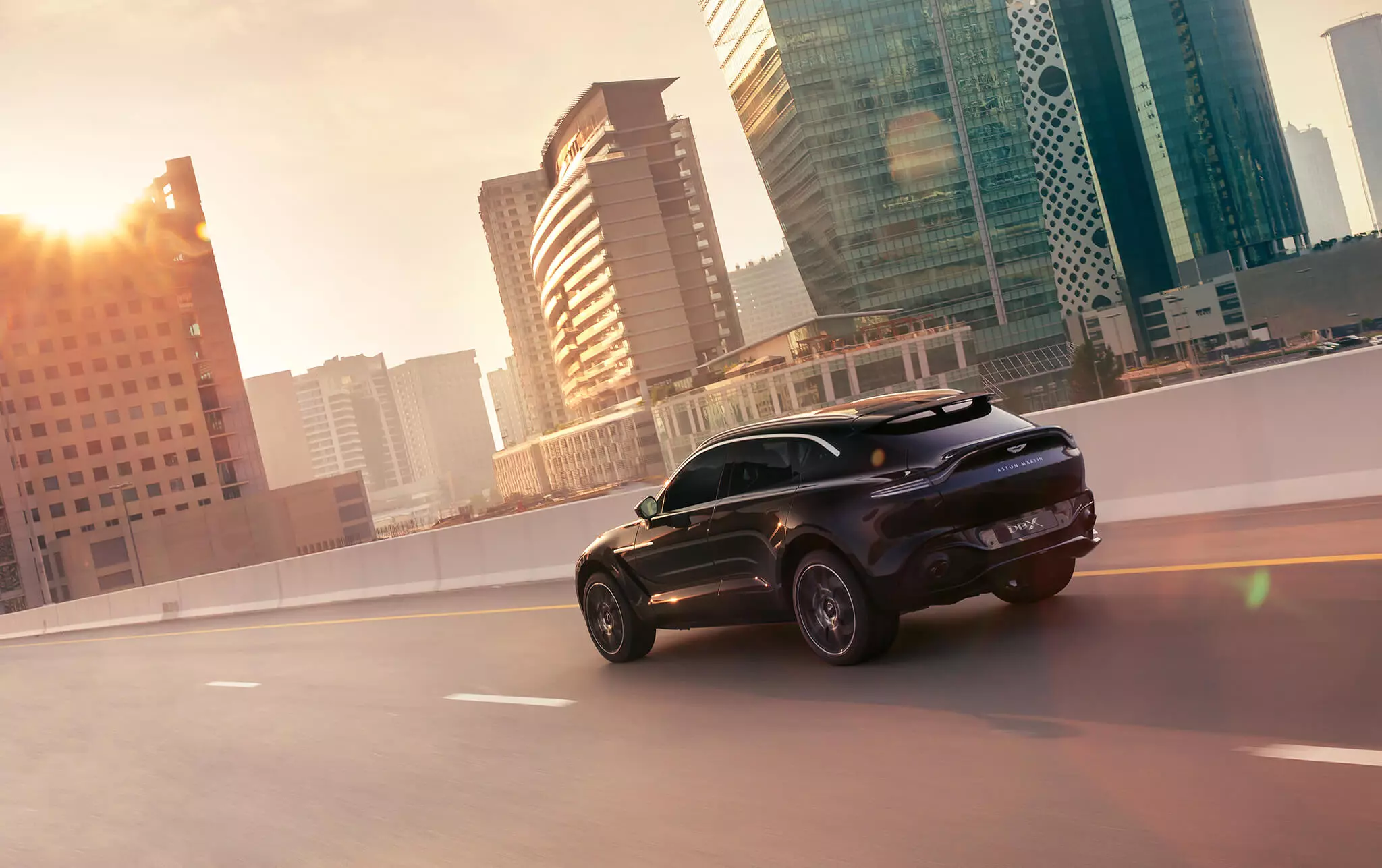
On fast lanes (very fast…) it is less tense than the Porsche Cayenne, less breathless than the Lamborghini Urus, but with a handling that involves more than a Bentley Bentayga or a Rolls-Royce Cullinan.
Then, when cornering, the rear-wheel-drive tuning tends to make for some fun moves if that's the driver's intention, but with fewer tail wags than on Aston's coupés. It's not as agile as the sportier rivals (we don't have a steered rear axle here) nor as tough even in Sport modes, which harden the attitude without making it “hostile”.
The Mercedes gearbox fulfills, without enthusiasm, with the occasional hesitation in reductions or in gear retentions, something that can be solved by using the manual shift paddles behind the steering wheel.
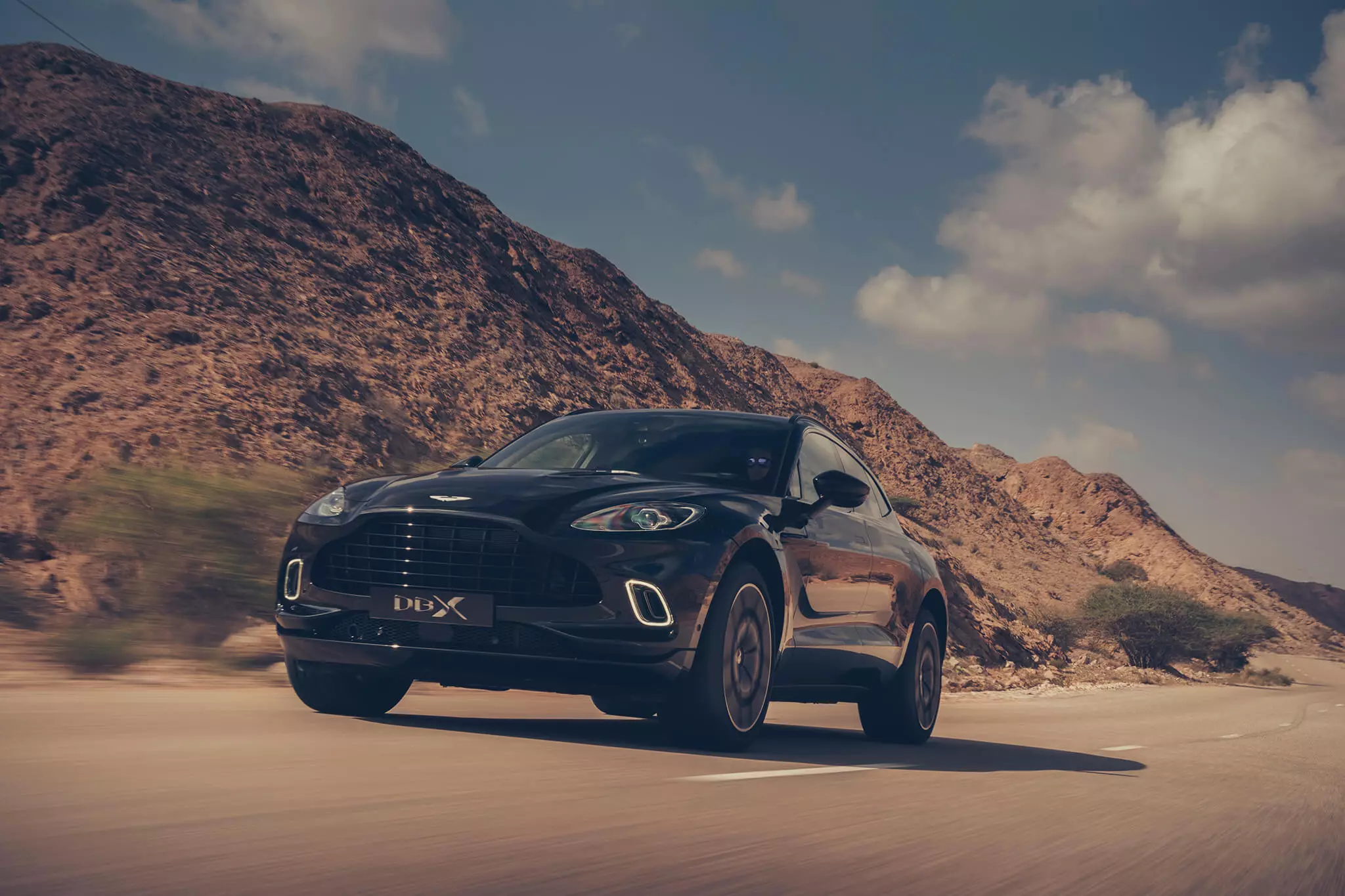
Technical specifications
| Aston Martin DBX | |
|---|---|
| MOTOR | |
| Architecture | V8 |
| Capacity | 3982 cm3 |
| Distribution | 2 a. ç. ç. (x2); 4 valves/cylinder, 32 valves |
| Food | Injury direct, biturbo (variable geometry) |
| power | 550 hp at 6500 rpm |
| Binary | 700 Nm between 2200-5000 rpm |
| STREAMING | |
| Traction | Four wheels |
| Gear box | 9 speed automatic, torque converter |
| CHASSIS | |
| Suspension | FR: Independent overlapping triangles; TR: Independent multi-arm |
| brakes | FR: Ventilated discs; TR: Ventilated Discs |
| Direction / Number of turns | Electrical assistance/2.6 |
| turning diameter | 12.6 m |
| DIMENSIONS AND CAPACITIES | |
| Comp. x Width x Alt. | 5,039 m x 1,998 m x 1,680 m |
| Between axles | 3.06 m |
| trunk | 632 l |
| Deposit | 85 l |
| Weight | 2245 kg |
| Tires | FR: 285/40 YR22; TR: 325/35 YR22 |
| TT angles | Attack: 22.2º (max. 25.7º); Output: 24.3º (max. 27.1º); Ventral: 15.1º (max. 18.8º) |
| ford capacity | 500 mm |
| height to the ground | 190 mm (max. 235 mm) |
| BENEFITS, CONSUMPTIONS AND EMISSIONS | |
| Maximum speed | 291 km/h |
| 0-100 km/h | 4.5s |
| mixed consumption | 14.3 l/100 km |
| CO2 emissions | 323 g/km |
Authors: Joaquim Oliveira/Press-Inform
